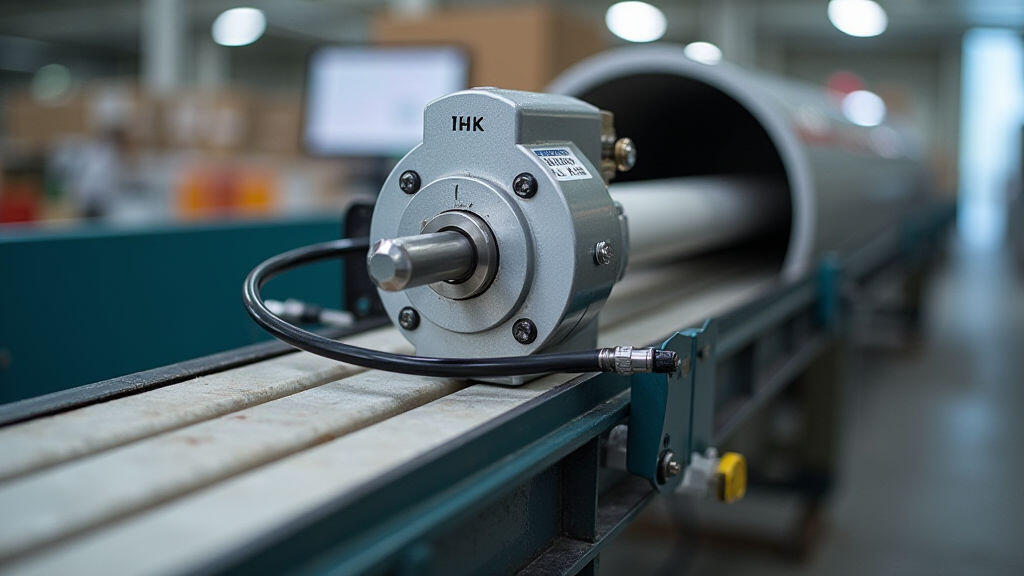
Choosing the right gear motor is like picking the perfect gear for a packaging machine—too weak and the line slows down, too strong and you bleed energy. Gear motors combine an electric motor with a gearbox in one compact unit, so they’re a common choice for drives in conveyors, packagers, and packaging presses. This article walks you through the key selection points and makes the calculations clear, all from the perspective of packaging applications that demand speed, precision, and reliability.
Packaging equipment, whether a bottle packing line or a carton filling system, needs consistent torque and speed. Gear motors offer instant torque, a fixed final speed, and a simple interface—just plug in power, set a speed, and the gear motor does the rest. Moreover, their sealed design protects the gearbox from dust and moisture that commonly plague the packaging floor.
When comparing gear motors, a structured checklist reduces guesswork:
Below is a step‑by‑step guide using standard equations. The key is to start from the mechanical requirement of the packaging machine and work backwards to the motor‑gearbox combination.
For a conveyor press, torque is often expressed in Newton‑meters (Nm). Use the formula:
Tout = (Force × Lever Arm) / Efficiency
Assuming a 20 kN pushing force with a 0.15 m lever arm and 90 % gearbox efficiency, the required torque is:
Tout = (20,000 N × 0.15 m) / 0.9 ≈ 3,333 Nm.
Gear ratio (GR) = Input speed / Output speed. If the motor runs at 1,800 rpm and the drive needs 200 rpm, GR = 1,800 / 200 = 9:1.
Motor torque = Tout / GR. So 3,333 Nm / 9 ≈ 370 Nm.
Motor Power (kW) = (Torque × Speed) / 9,548.5 (since 1 kW = 9,548.5 Nm·rpm).
With motor speed 1,800 rpm: P = (370 Nm × 1,800 rpm) / 9,548.5 ≈ 70 kW.
Toggle to horsepower if your supplier uses that unit: P (HP) ≈ 70 kW × 1.341 = 94 HP.
Check the motor’s continuous rating. If the motor’s continuous rating is 65 kW, our 70 kW demand exceeds it. You’ll need either a higher capacity motor or a dual‑motor system with shared load.
Let’s put the numbers into a real packaging context—a bead stuffing machine driven by a gear motor. The machine requires 600 Nm starting torque at 250 rpm to fold and compress bead trays.
Calculation Snapshot:
With a 18 kW motor offering a 70 % valve duty cycle, the system comfortably meets continuous requirements, plus the spare capacity allows for load spikes.

In the next few years, packaging manufacturers are leaning toward soft‑start gear motors that reduce inrush current, and sensor‑less drives that improve reliability in dusty environments. Smart motor features—predictive vibration analysis and temperature monitoring—will help prevent unexpected downtime. Remote monitoring through IoT platforms also makes it possible to predict wear and schedule maintenance before a motor stalls.
Choosing a gear motor for packaging equipment boils down to a clear understanding of torque, speed, power, and duty cycle. By following a structured calculation—starting with the mechanical requirement, selecting a suitable gear ratio, and confirming the motor’s capabilities—you can match the motor’s output to the machine’s needs precisely. A well‑selected gear motor not only powers the line efficiently but also reduces energy costs, decreases maintenance window, and extends equipment life. As packaging demands become more dynamic and energy‑conscious, gear motors that combine robust performance with smart control technologies will be the backbone of next‑generation packing solutions.
Leave A Reply
Your email address will not be published. Required fiels are marked